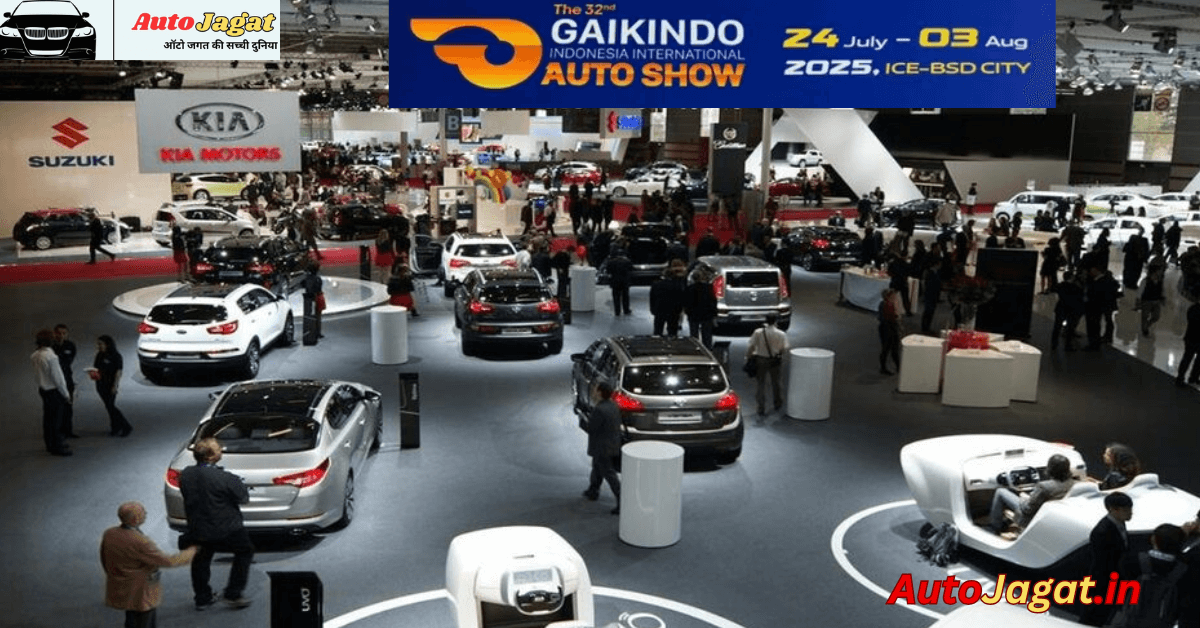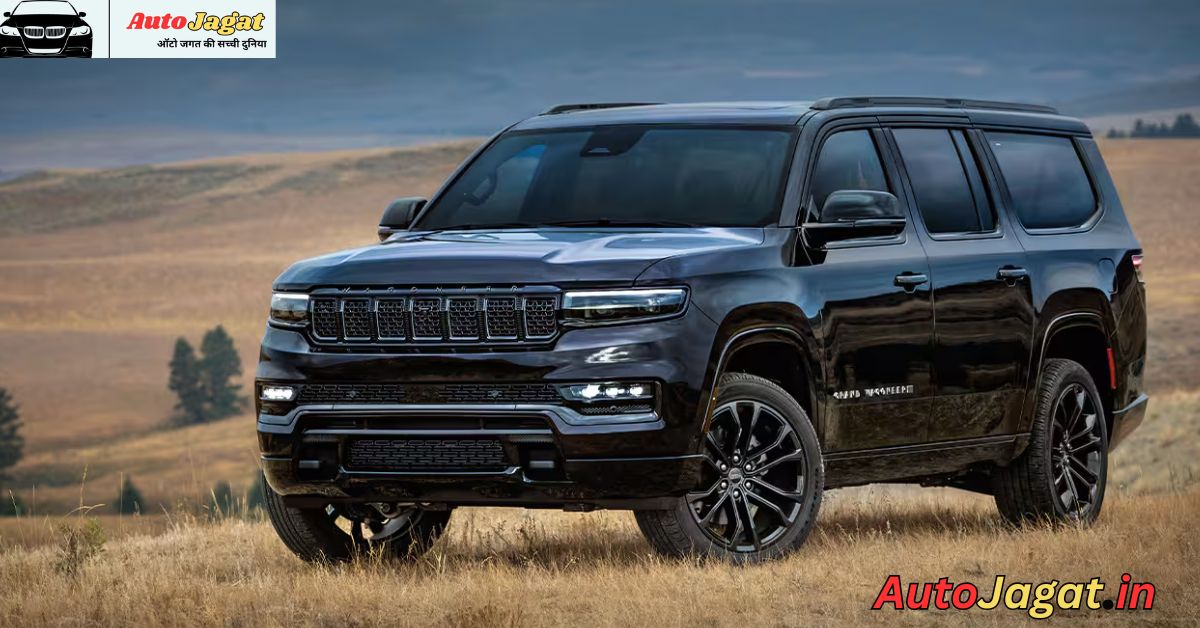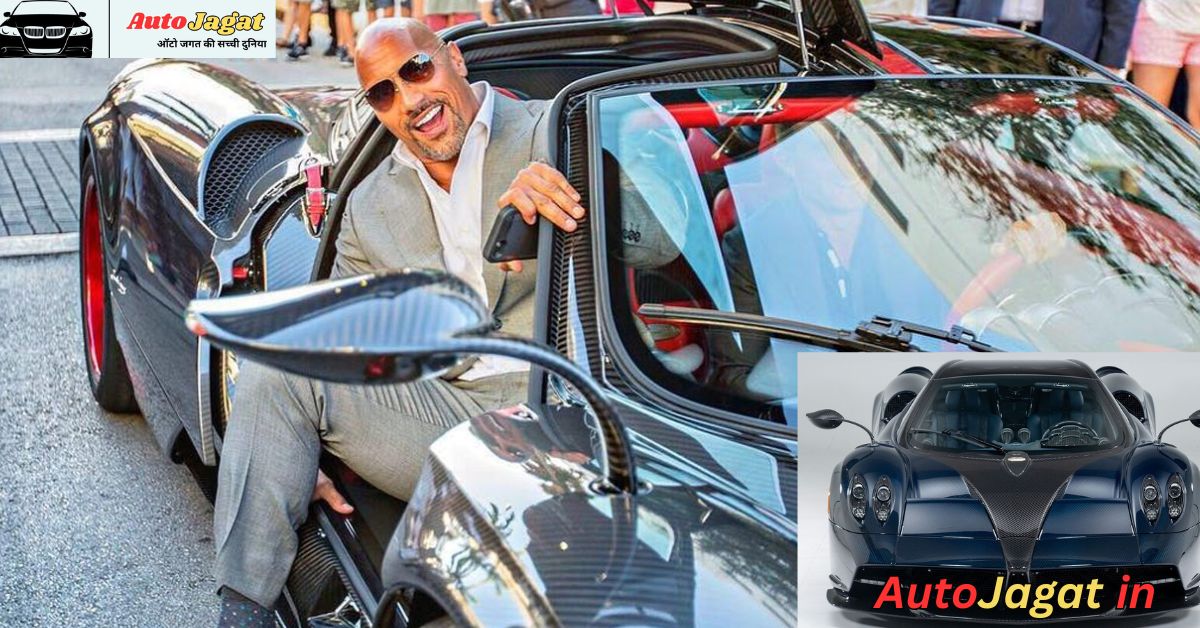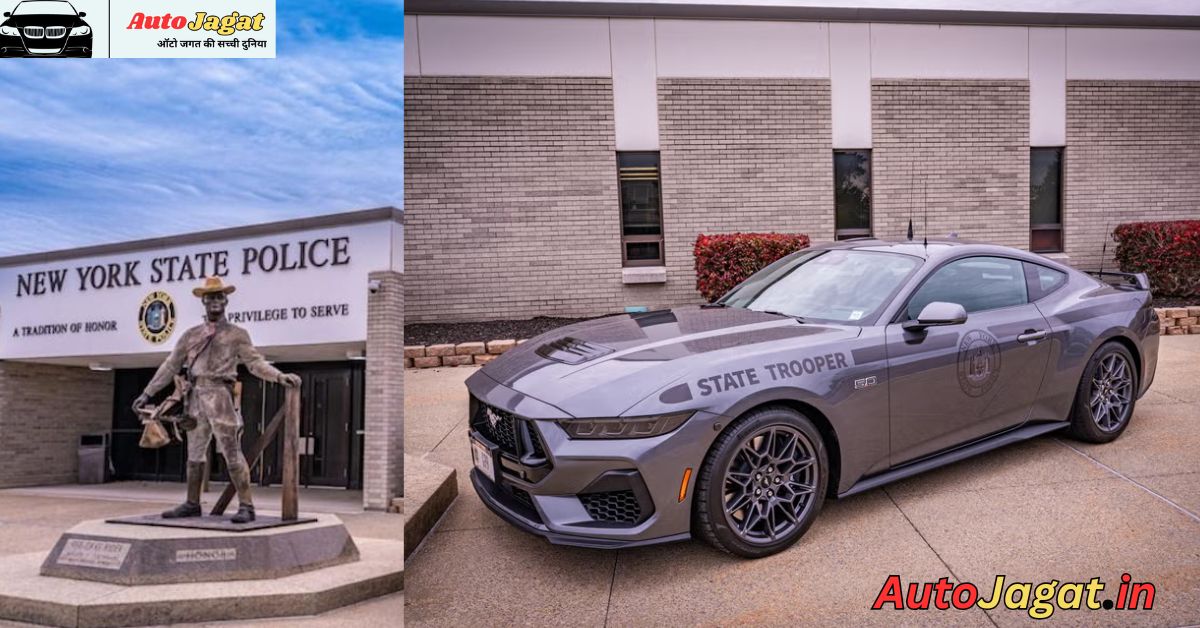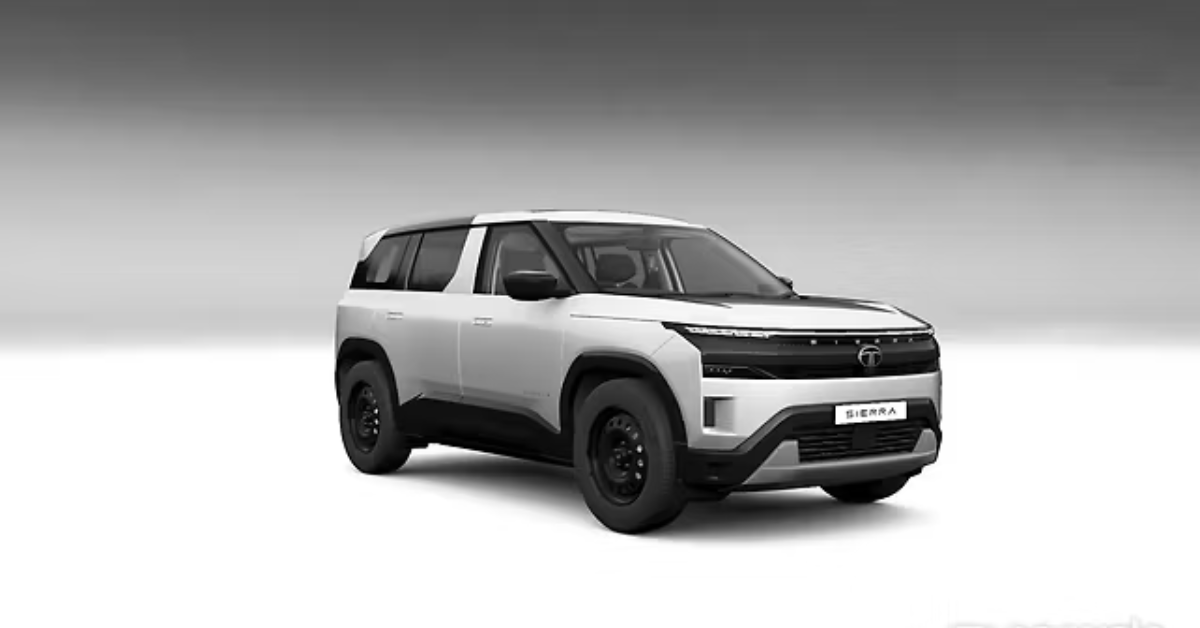As Southeast Asia’s most eagerly anticipated automotive rendezvous, the 32nd Gaikindo Indonesia International Auto Show (GIIAS) 2025 roared into ICE–BSD City, Tangerang, from 24 July to 3 August 2025. With over 63 brands—including 39 passenger car makers, 4 commercial vehicle players, and 16 motorcycle manufacturers—alongside 120+ supporting industry participants, the show stands as one of the world’s largest after China’s auto spectacles.
🚗 A Universe of Mobility: Brands & Premieres
The breadth of participation at GIIAS 2025 is stunning. Among returning automakers were stalwarts like Audi, BMW, Honda, Hyundai, Toyota, Mercedes‑Benz, MG, Volkswagen, Volvo, as well as EV trailblazers BYD, Geely, Chery, VinFast, Wuling, and more. Notably, the spotlight shone on first-timers such as Denza, Jaecoo, Xpeng, and Indonesia’s homegrown names Aletra and Polytron, marking a historic nod to local innovation.
Highlights included a dazzling array of world and Asian premieres, from futuristic concept cars to electrified marvels—proof that Indonesia’s automotive future is steering toward innovation.
⚡ Powering the Electric Wave
The February edition of the Indonesia International Motor Show (IIMS) had already set the tone: over 50 brands showcasing EVs and hybrids, including high-profile debuts of the BYD Sealion 7, VinFast VF 3 mini‑SUV, and Honri Boma EV. Motorbikes also shared the stage, underscoring Indonesia’s deep motorcycle culture.
Chinese OEMs dominated the show floor, with majors like BYD, Geely, Wuling, Chery, Jaecoo, Neta, Denza, Honri dominating both floor space and visitor interest. The BYD booth, for instance, was buzzing with excitement—crowded with buyers eyeing the spacious and range-efficient BYD M6.
Geely’s EV-SUV EX5 also struck a chord, combining cutting-edge design, robust battery life, and advanced tech—complete with a seat-mounted massage feature that Jakarta traffic-weary drivers appreciated.
Visitors at GIIAS echoed this enthusiasm. One attendee noted, “I was immediately interested… the battery life is impressive,” highlighting tech innovation as a key attractor.
🏭 Building the Ecosystem: Infrastructure & Manufacturing
Indonesia’s transition to EVs has not been without challenges—just 7% of its 24 million vehicle fleet is electric, limited by high prices, scarce charging infrastructure, and performance concerns.
To overcome these barriers, EV players are going big. VinFast, for instance, plans to install 30,000 chargers nationwide through V‑Green, its infrastructure arm. Similarly, global manufacturers—BYD, Hyundai, Wuling—are setting up production bases locally, bolstering Indonesia’s ambition to become an electric-vehicle hub complete with battery material exports.
📈 Market Performance & Government Momentum
Despite a 14% decline in vehicle sales in 2024 (from 1 million to 866,000 units), IIMS and GIIAS are seen as critical in reigniting consumer interest. Indonesia’s Minister of Industry, Agus Gumiwang Kartasasmita, emphasized the shows’ strategic role in industry recovery.
Moreover, the government is endorsing growth through renewable energy initiatives—yet these currently account for just 14% of the energy mix, with coal still dominant.
📚 Enriching the Experience: Programs & Engagement
Beyond vehicle debuts, GIIAS 2025 offered an immersive experience:
- Test drives and rides across multiple outdoor tracks featuring ramps, speed bumps, and water obstacles
- Daily seminars tackling regulatory frameworks and industry contributions to the national economy
- Special events like Miss Auto Show, Power Dinner, Education Day, and GIIAS Educare, fostering community and academic ties
🌟 Why GIIAS 2025 matters
- Diverse brand showcase: With US, European, Japanese, Korean, and Chinese automakers—all under one roof—GIIAS stands as a true global show.
- EV momentum: Chinese brands are spearheading tech adoption and infrastructure expansion, challenging legacy automakers.
- Economic uplift: After a market downturn, the show reenergized consumer confidence and spotlighted Indonesia’s role in the EV supply chain.
- Public interaction: From test drives to educational outreach, GIIAS offered a hands-on, future-facing experience.
🧭 Looking Ahead
With the momentum built at GIIAS 2025, Indonesia stands on the cusp of a transportation transformation. Five key takeaways:
- Mainstreaming EVs: Once niche, electric cars and bikes are fast becoming show-stealers.
- Infrastructure is key: Charging networks are evolving in parallel with vehicle launches.
- Local production matters: Manufacturing EVs domestically enhances affordability and jobs.
- Global positioning: With its battery resources, Indonesia aims to be a regional EV powerhouse.
- Engagement equals adoption: Interactive exhibits are crucial for bridging the gap between curiosity and purchase.
Conclusion
The Indonesia Auto Show 2025 wasn’t just an exhibition—it was a revealing glance at a nation readying itself for transportation’s next big leap. With electrified showcases, hybrid experimentation, and global brand presence, GIIAS 2025 proved that Indonesia isn’t just following the curve—it’s shaping it.
Stay tuned for more updates on future concept reveals, EV infrastructure rollout, and how the archipelago embraces its mobile future.

Hello, my name is Himanshu Kumar and I am an experienced Digital Marketer. I have been blogging for the last 4 years and I have special interest in SEO. Here I give you easy bikes and writes easy-to-understand reviews and news about the latest bikes, helping readers choose the best options.. My aim is to always provide you with accurate, new and useful information.
